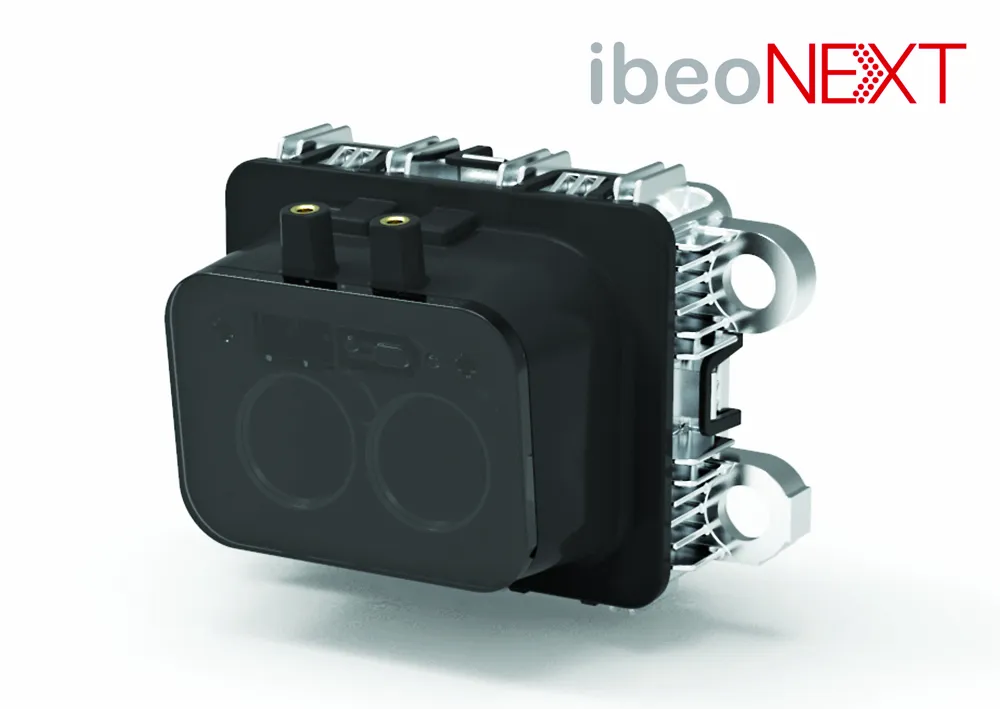Impact Recovery Systems has announced the Tuff Curb XLP, a low-profile high-performance kerbing system designed to withstand damaging high-speed, high-impact applications. Made from solid-coloured, UV-resistant, high-density polyethylene it is designed to withstand 20,000lb of static pressure, double the federal single axle vehicle maximum for a single wheel. In addition, Tuff Curb XLP has been tested by The Texas Transportation Institute to 2009 MASH standards.
January 27, 2012
Read time: 2 mins

The combination of Tuff Curb XLP's bright, solid colouring and glass-element technology reflectors supply maximum visibility both day and night. The company claims that, unlike traditional reflectors that only offer reflection from a straight-on light source, XLP's reflectors far surpass the mandated 20° reflectivity required by the ASTM D4280 standard by offering reflection over 45° in each direction.
Impact Recovery Systems designed Tuff Curb to take account of the fact that each installation is unique; therefore, XLP can be used along curved and tangent sections and can be installed via epoxy or anchors, further expanding its application possibilities. The company claims that Tuff Curb XLP's many innovative features and benefits are perfect for applications such as HOV lanes, city streets, turn restrictions, bridges, tunnels and parking structures, as well as many others.










